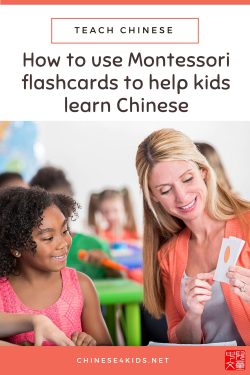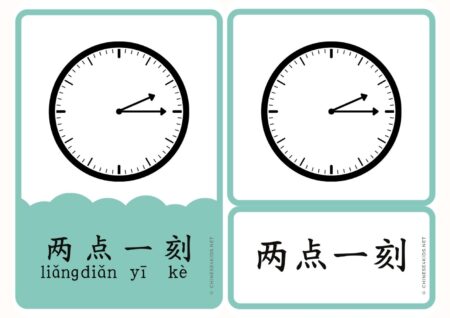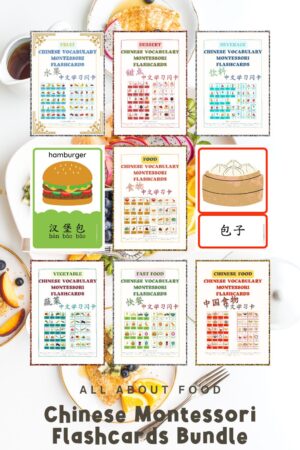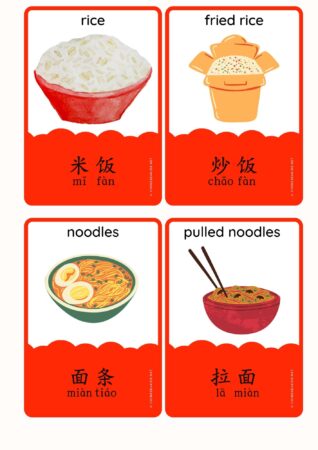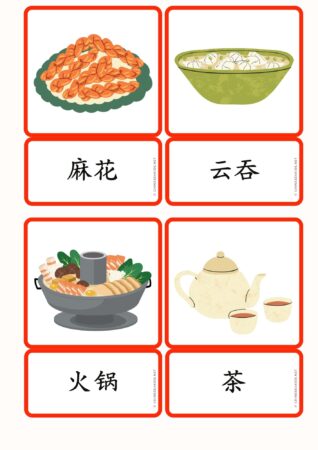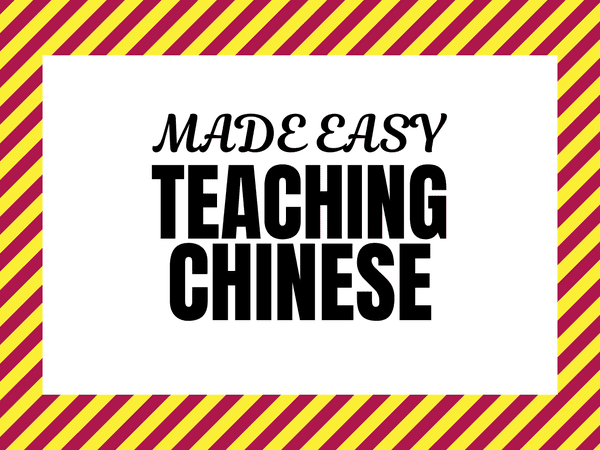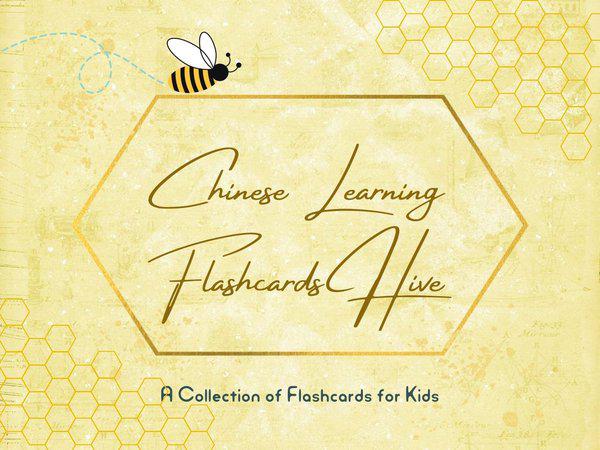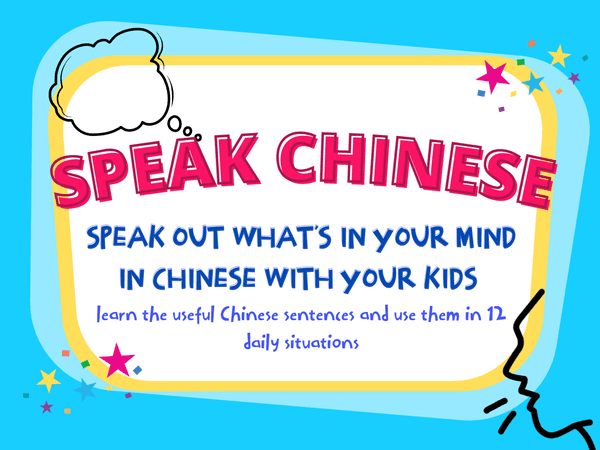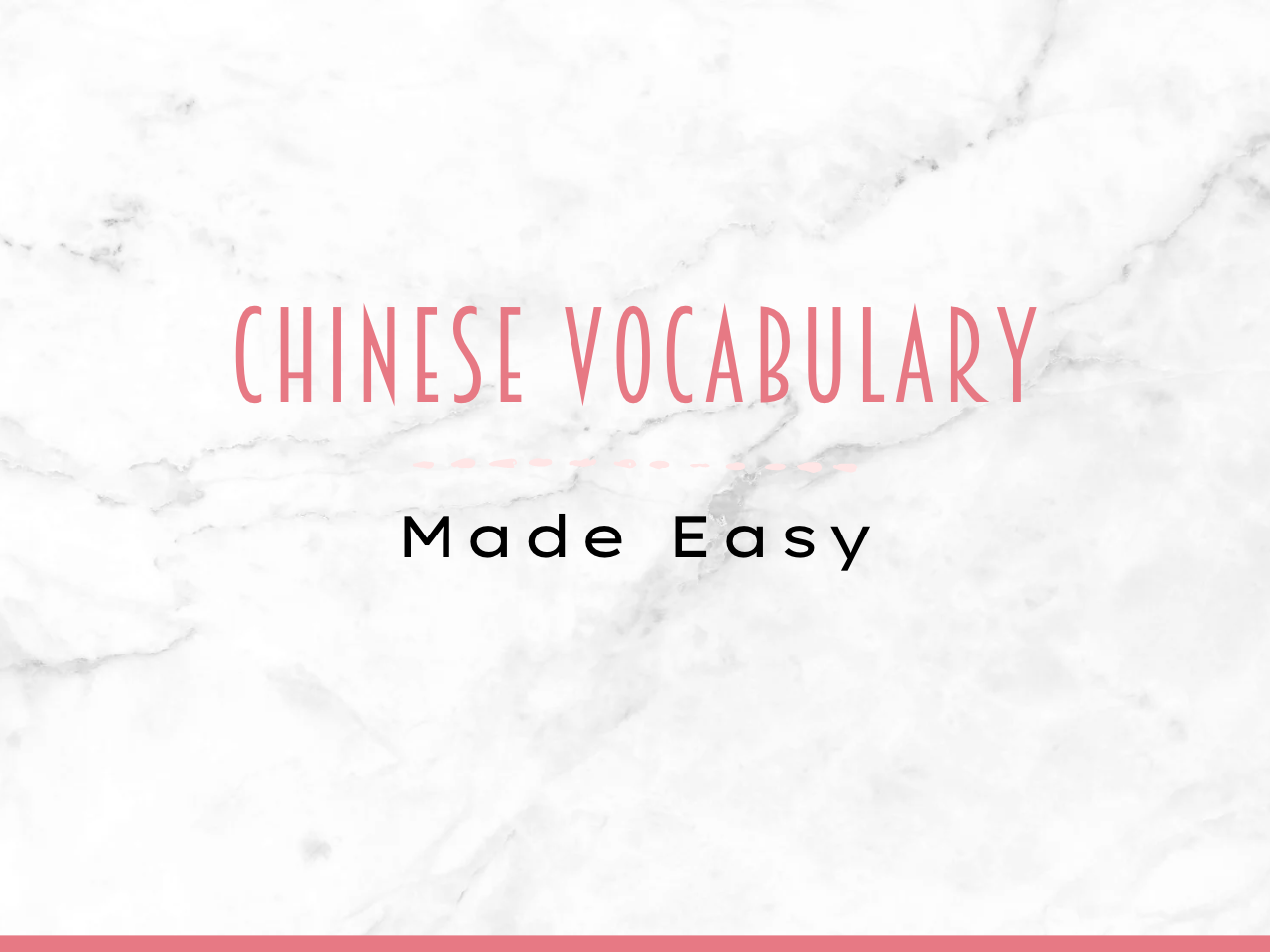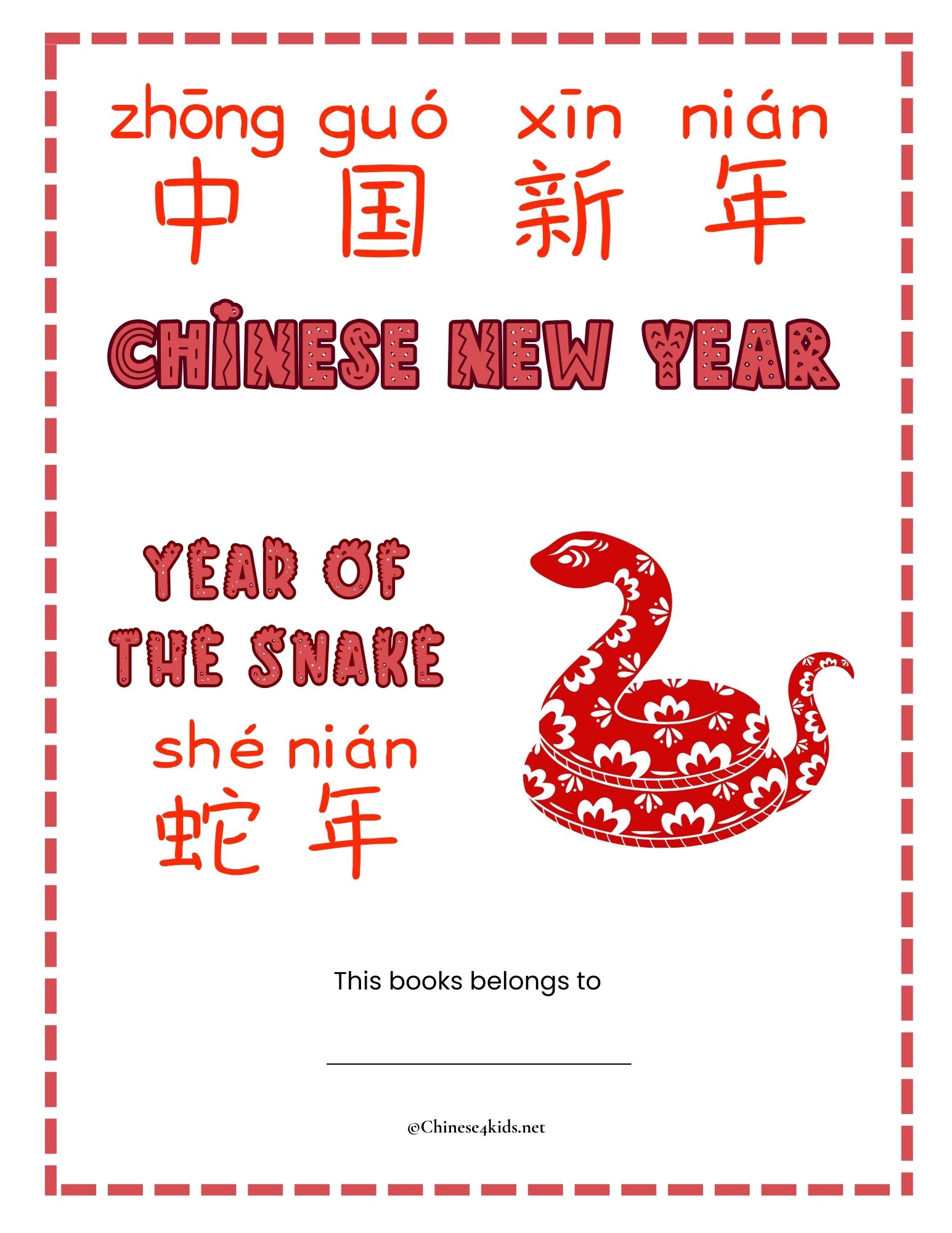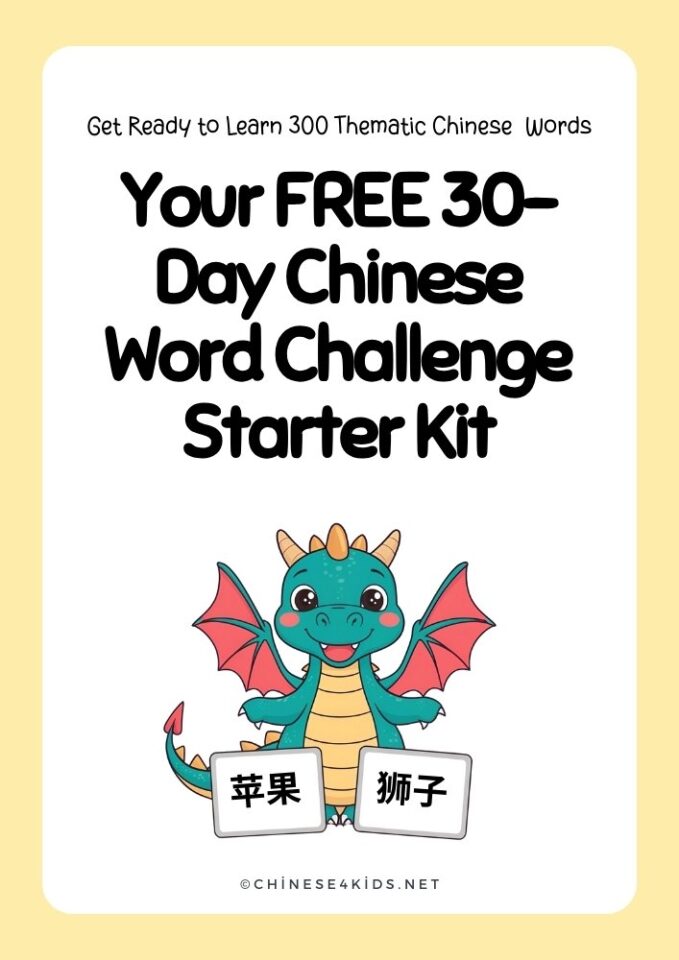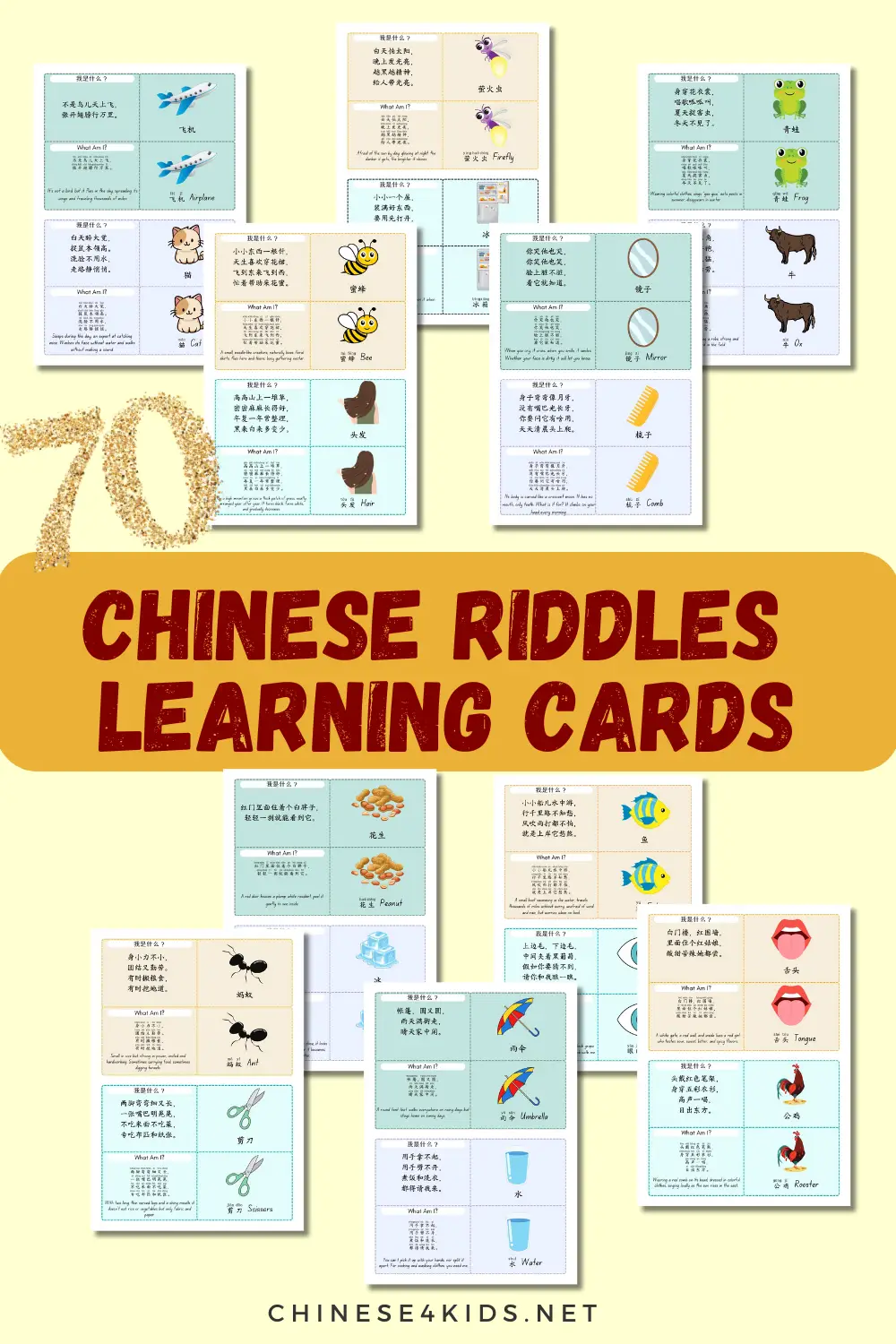
Home » Teach Mandarin Chinese to Kids » How to Use Montessori Flashcards to Help Kids Learn Mandarin Chinese
How to Use Montessori Flashcards to Help Kids Learn Mandarin Chinese

Learning a new language can be a challenging yet rewarding experience, especially for children. Utilizing Montessori flashcards is an effective method to teach Mandarin Chinese to kids. This article will guide teachers and parents on how to use these educational tools to make learning Chinese for kids both engaging and effective.
Understanding Montessori Flashcards
Montessori flashcards are designed based on the Montessori educational philosophy, which emphasizes hands-on learning and self-directed activity. These flashcards typically feature images and corresponding words or phrases in the target language. For teaching Mandarin Chinese, the cards can include images, characters, Pinyin (the phonetic system for transcribing Chinese characters into the Latin alphabet), and English translations.
Benefits of Using Flashcards for Learning Chinese
Using Montessori flashcards to teach Mandarin Chinese offers several benefits.
Visual and Kinesthetic Learning:
Flashcards appeal to visual and kinesthetic learners by combining images with written text, helping children associate words with pictures.
Repetition and Reinforcement:
Regular use of flashcards reinforces memory through repetition, essential for mastering new vocabulary.
Interactive and Fun:
Flashcards can be incorporated into games and activities, making learning fun and interactive.
Individualized Learning Pace:
Children can use flashcards at their own pace, ensuring they fully understand each concept before moving on to the next.
Steps to Using Montessori Flashcards for Chinese Learning
1. Start with Basic Vocabulary
Begin with simple and commonly used words. Categories such as colors, numbers, animals, and everyday objects are excellent starting points. This foundational vocabulary will give children the confidence to progress to more complex words and phrases. Below is an example of Montessori Flashcards on Food.
2. Incorporate Pinyin and Characters
Introduce both Pinyin and Chinese characters. Pinyin helps with pronunciation, while recognizing characters is crucial for reading and writing. Use flashcards that display both to help children make connections between sounds and symbols.
3. Create a Routine
Consistency is key in language learning. Dedicate a specific time each day for flashcard activities. Short, regular sessions are more effective than infrequent, longer ones. A daily routine helps reinforce learning and builds a habit.
4. Use Multi-Sensory Approaches
Encourage children to use multiple senses. For example, they can trace the characters with their fingers while saying the word aloud. This multi-sensory approach helps with memory retention and understanding.
5. Incorporate Games and Activities
Turn learning into a fun activity by incorporating games. Memory games, matching games, and bingo are great ways to make flashcard use enjoyable. These games not only keep children engaged but also reinforce their learning in a playful context.
Advanced Techniques for Enhanced Learning
1. Storytelling with Flashcards
Create simple stories using the flashcards. This technique helps children understand how words fit into sentences and narratives, enhancing their comprehension and usage of the language.
2. Interactive Flashcard Apps
Utilize technology by incorporating interactive flashcard apps designed for learning Chinese. These apps such as Quizlet, often include pronunciation guides, interactive games, and progress tracking, providing a comprehensive learning experience.
3. Cultural Integration
Teach children about Chinese culture alongside the language. Use flashcards with images of cultural elements like traditional clothing, festivals, and food. Understanding the cultural context makes language learning more meaningful and interesting.
Tips for Parents and Teachers
Be Patient and Encouraging: Language learning is a gradual process. Celebrate small achievements to keep children motivated.
Provide a Language-Rich Environment:
Surround children with Chinese language materials such as displays, posters, books, songs, and videos. This immersion helps reinforce their learning.
Collaborate and Engage:
Engage with children during flashcard activities. Ask questions, encourage conversation, and practice together.
Using Montessori flashcards is an effective method for teaching Mandarin Chinese to kids. By incorporating basic vocabulary, creating routines, and making learning fun through games and storytelling, parents and teachers can foster a positive and productive language learning experience. With patience and consistency, children will not only learn Mandarin but also develop a lifelong love for languages.
if you like this post, share it
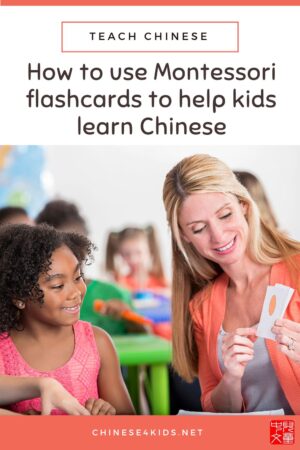
You May Also Be Interested:
- Chinese4kids Membership – a portal for busy Chinese teachers and parents
- Chinese learning flashcards Hive – a flashcards library that with regular additions of new quality Chinese learning flashcards
- Chinese learning worksheets collection – Also a part of Chinese4kids membership, this collection is for teachers and parents who want to have access to engaging worksheets and activity sheets created for kids learning Mandarin Chinese as an additional language
- Speak Chinese with Kids Course
- Chinese Vocabulary Made Easy Course
Recent Posts
Join Our Membership
Enroll to A Course
Buy An eBOOK
Our Posts
